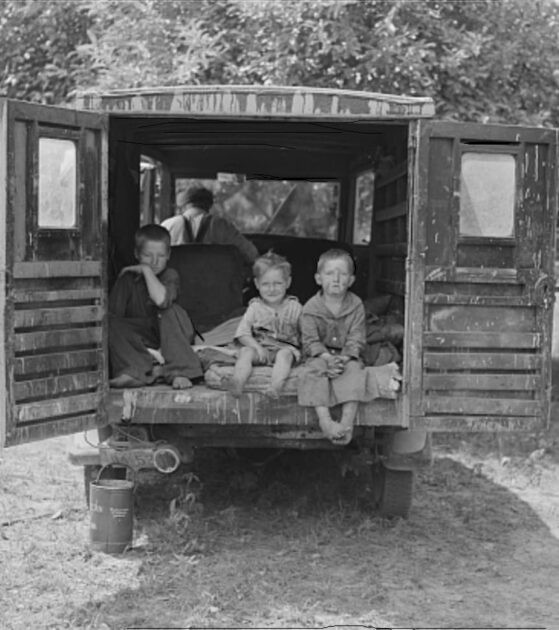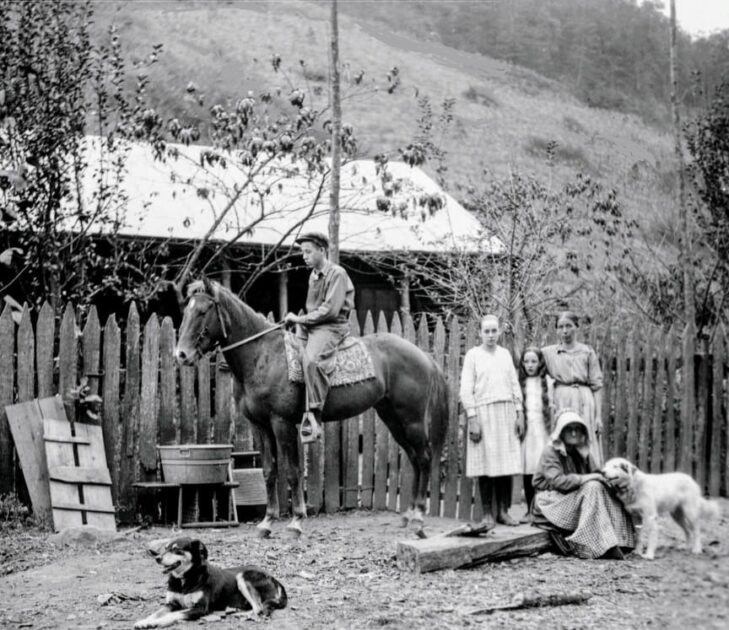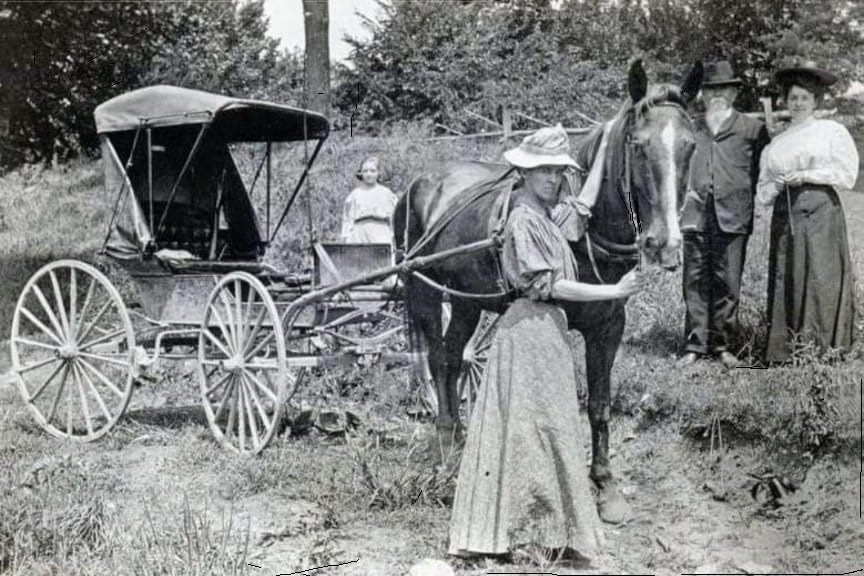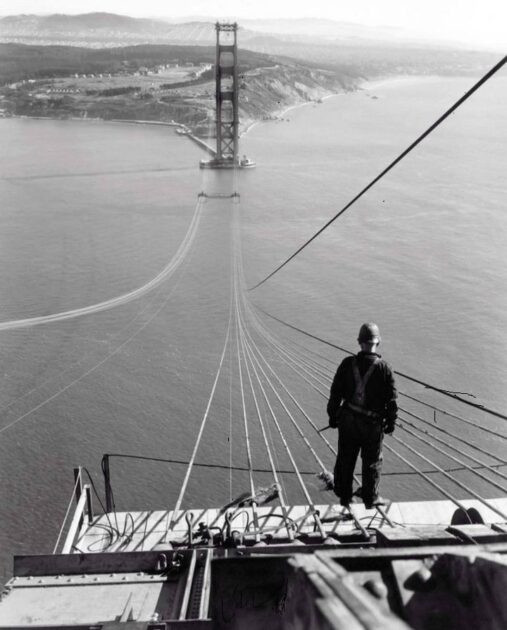Life in 1939: A Packinghouse Worker’s Family in Belle Glade, Florida
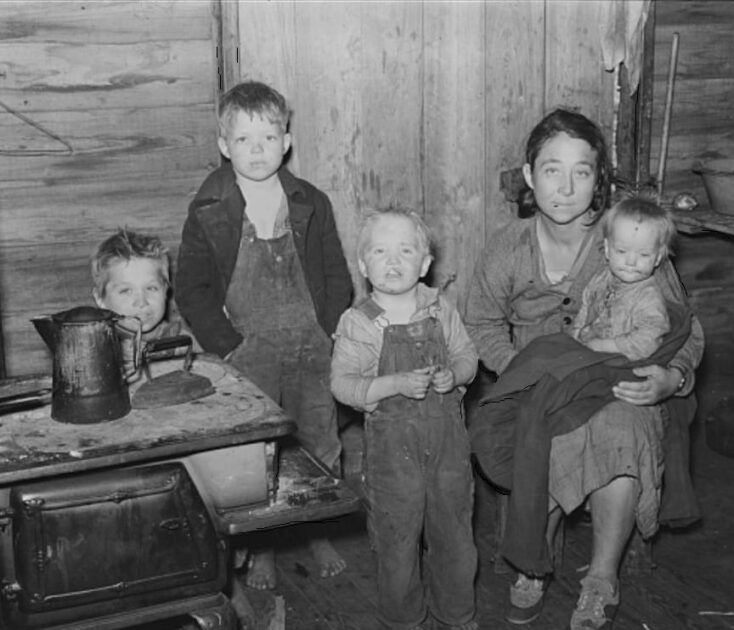
Life in 1939: A Packinghouse Worker’s Family in Belle Glade, Florida
In the heart of Belle Glade, Florida, during the late 1930s, the lives of many families revolved around the agricultural industry, particularly the bustling activity in packinghouses. These facilities were essential for processing and shipping the abundant produce grown in the fertile soil of the Everglades. The story of a packinghouse worker’s family provides a poignant glimpse into the daily struggles and triumphs of this era.
Belle Glade: The Agricultural Hub
Belle Glade, located in Palm Beach County, was a significant agricultural hub in 1939. Known for its rich, mucky soil, the region was ideal for growing sugarcane, vegetables, and other crops. The packinghouses in Belle Glade were the lifeblood of the local economy, where workers processed and packed the produce before it was shipped across the country.
The Packinghouse Worker
A packinghouse worker’s day was long and labor-intensive. These workers sorted, cleaned, and packed various fruits and vegetables, ensuring they were ready for transport. The job was physically demanding, often involving standing for hours, handling heavy loads, and working in conditions that could be both hot and humid or chilly, depending on the season.
Despite the grueling nature of the work, packinghouse jobs were vital for many families, providing a steady income in an era when economic stability was hard to come by. Workers often took pride in their roles, knowing that their labor was crucial in feeding the nation.
Family Life
At home, the packinghouse worker’s family faced its own set of challenges and routines. The family typically lived in modest housing, often provided by the packinghouse company or in nearby communities. These homes were functional but sparse, reflecting the economic realities of the time.
A typical day for the family might begin before dawn, with the worker leaving early for the packinghouse. The spouse, often the wife, managed the household, balancing tasks such as cooking, cleaning, and caring for the children. In many cases, older children also contributed to the family’s income by taking on part-time jobs or helping with household chores.
Meals were simple but hearty, designed to sustain the family through their demanding days. Common dishes included cornbread, beans, rice, and locally available produce. The outdoor stove, a common fixture in many households, was used for cooking large meals that could be shared among the family and sometimes with neighbors.
Community and Culture
Community played a vital role in the lives of packinghouse workers’ families. Despite their hardships, families in Belle Glade often found solace and strength in their neighbors. Community gatherings, church services, and local events provided opportunities for socializing and mutual support.
Cultural traditions were deeply rooted in the daily lives of these families. Music, particularly blues and folk songs, offered a form of expression and a way to cope with the rigors of life. Children played games and attended local schools, where they learned not only academics but also the values of hard work and perseverance.
The Broader Context of 1939
The year 1939 was a tumultuous time globally, with the onset of World War II. In the United States, the effects of the Great Depression lingered, though there were signs of recovery thanks to New Deal programs. These programs provided some relief and job opportunities, but many families in rural areas like Belle Glade continued to rely heavily on agricultural work for their livelihoods.
